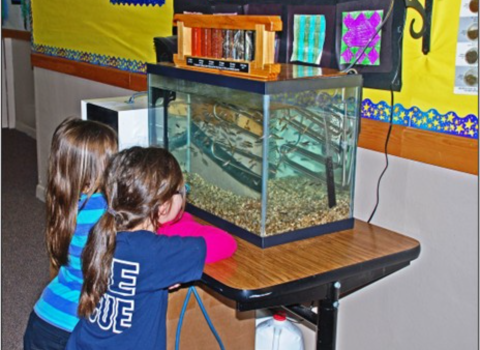Many people take great pleasure from feeding wild birds, and stocking feeders in the winter months can be a wonderful way to watch small birds at close range and to supplement their often limited supplies of food in cold weather. Sometimes, however, feeding wild birds can do more harm than good. With springtime upon us, and migratory species beginning to arrive, the U.S. Fish and Wildlife Service has developed a new fact sheet, available free of charge, that can answer questions you might have about how and when to, and when not to, feed your feathered Alaskan neighbors.
For example, those feeders that allow you to observe the antics of chickadees, nuthatches and redpolls during the long winter months can, if not cleaned regularly, actually spread disease among the very birds whose company you enjoy. And in many parts of Alaska, if bird feeders are left out after spring breakup (when wild birds no longer need them), they may attract bears.
When it comes to larger birds, the best advice, regardless of the season, is to let wild things stay wild. Waterfowl and eagles can find natural food year-around in Alaska, and feeding them can actually harm the birds and have unintended impacts upon other species, or even upon the people who provide the food.
Eagles, for example, have been electrocuted as a result of gathering on utility poles near feeding areas. U.S. Fish and Wildlife Service Law Enforcement agent Jill Birchell says that as many as 100 eagles are electrocuted in Alaska every year! By unintentionally luring eagles into danger, a person could actually be in violation of the Bald and Golden Eagle Protection Act. Feeding can also lessen an eagle


